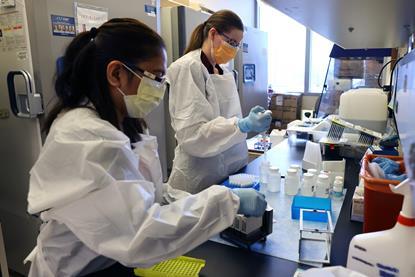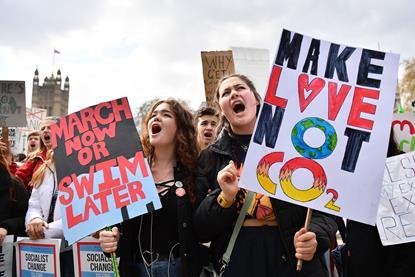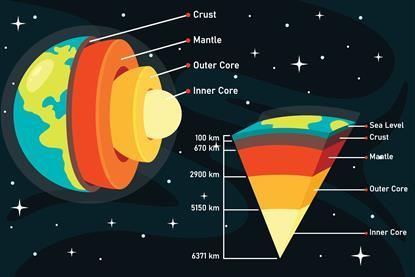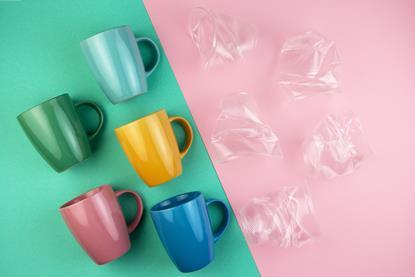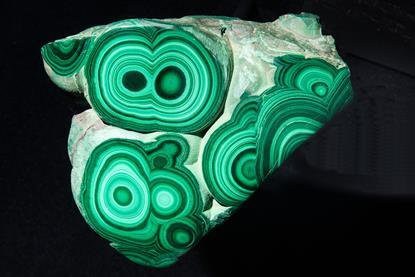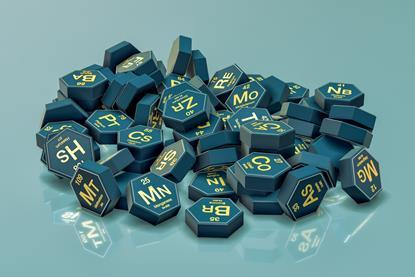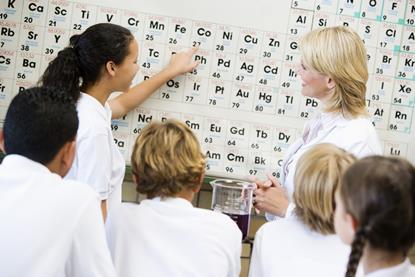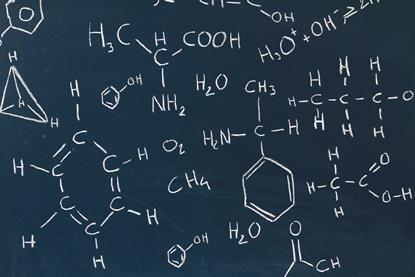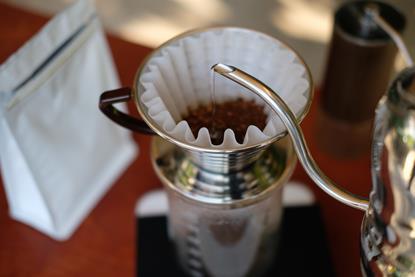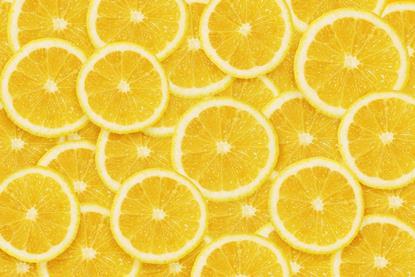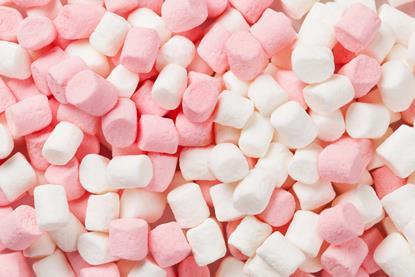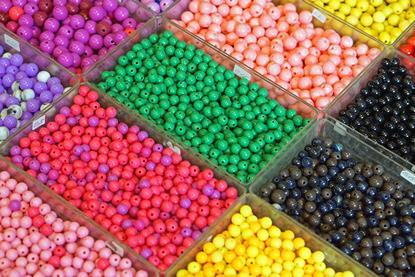Teaching 11–14 chemistry
Try these simple guides to teaching core topics and skills in chemistry for younger students
Each article includes a summary of what students need to know, ideas to use in your classroom and tips for spotting common misconceptions. You can also find assessment strategies and suggested resources.
Teaching observation skills at 11–14
Observation is a key skill for budding chemists. This is how to develop it with your younger students
How to teach controlled variable investigations at 11–14
Get your younger students confident with different types of variables and conducting well-controlled investigations
How to teach the carbon cycle at 11–14
Ensure your students have a firm understanding of the chemistry behind climate change
How to teach the chemistry of the rock cycle at 11–14
Develop your teaching practice with the ultimate guide to teaching the chemistry of the rock cycle including resources, misconceptions and teaching ideas
How to teach earth science at 11–14
Use real-life examples and historical information to help students get to grips with the structure and composition of the Earth
How to teach materials at 11–14
Use real life examples to help students get to grips with the properties of ceramics, polymers and composites
How to teach chemical energetics
Exothermic reactions go beyond simply combustion – use these tips to boost student understanding of energy transfer
How to teach non-metals
Showcasing samples and gas tests are imperative when introducing non-metal elements to students
Displacement reactions
Activities, tips and ideas to help students get to grips with the reactivity series
The extraction of metals
Embed the understanding of reduction and oxidation with your students
Why you should teach the history of the periodic table
Because students familiar with the table’s development and structure make better chemists
The periodic table
Introduce students to its structure and order
States of matter and particle theory
Progressing from macroscopic to the microscopic world of the particle
Chemical formulas and equations
What is the point of chemical equations?
Separation techniques
Distilling the essentials of separation
Acids, bases and salts
Ideas, resources and activities for your classroom
Elements and compounds
Top tips for 11–14 chemistry lessons
Hazards, safety and apparatus
Top tips for 11–14 chemistry classes
Mixtures and solutions
Top tips for 11–14 chemistry classes
Teaching observation skills at 11–14
Observation is a key skill for budding chemists. This is how to develop it with your younger students
How to teach controlled variable investigations at 11–14
Get your younger students confident with different types of variables and conducting well-controlled investigations
How to teach the carbon cycle at 11–14
Ensure your students have a firm understanding of the chemistry behind climate change
How to teach the chemistry of the rock cycle at 11–14
Develop your teaching practice with the ultimate guide to teaching the chemistry of the rock cycle including resources, misconceptions and teaching ideas
How to teach earth science at 11–14
Use real-life examples and historical information to help students get to grips with the structure and composition of the Earth
How to teach materials at 11–14
Use real life examples to help students get to grips with the properties of ceramics, polymers and composites
How to teach chemical energetics
Exothermic reactions go beyond simply combustion – use these tips to boost student understanding of energy transfer
How to teach non-metals
Showcasing samples and gas tests are imperative when introducing non-metal elements to students
Displacement reactions
Activities, tips and ideas to help students get to grips with the reactivity series
The extraction of metals
Embed the understanding of reduction and oxidation with your students
Why you should teach the history of the periodic table
Because students familiar with the table’s development and structure make better chemists
The periodic table
Introduce students to its structure and order
States of matter and particle theory
Progressing from macroscopic to the microscopic world of the particle
Chemical formulas and equations
What is the point of chemical equations?
Separation techniques
Distilling the essentials of separation
Acids, bases and salts
Ideas, resources and activities for your classroom
Elements and compounds
Top tips for 11–14 chemistry lessons
Hazards, safety and apparatus
Top tips for 11–14 chemistry classes
Mixtures and solutions
Top tips for 11–14 chemistry classes




